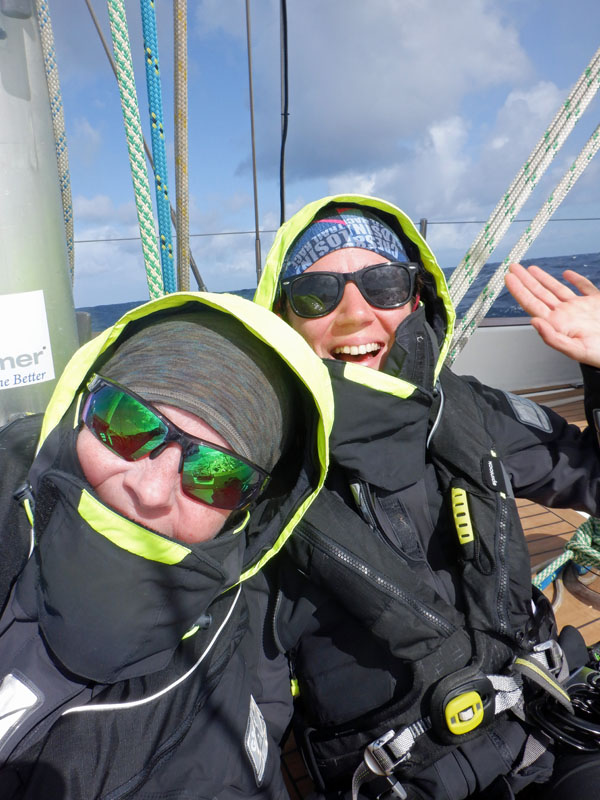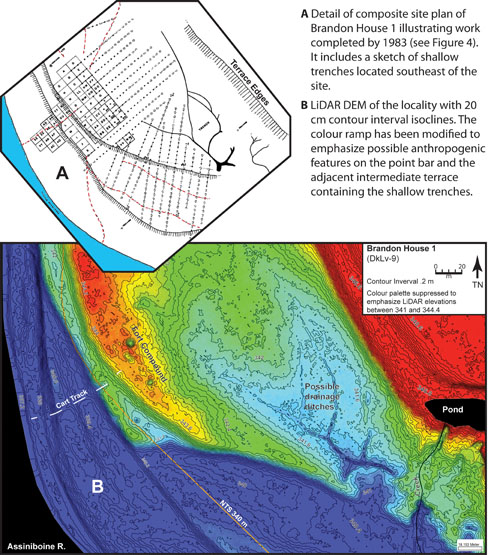
SHA Newsletter Blog, Winter 2020
Patricia Samford, Director, Maryland Archaeological Conservation Lab
You’re just home from the SHA conference in Boston and you are quite frankly, all “archaeologied-out”. There was lots of catching up with seldom-seen colleagues, too much beer, some great papers, and recovering from the dance. And first thing you see when you open your email once you get back in the office is a link to the Winter SHA Newsletter. And since all of those other emails stacked up from the week away from your desk had to take precedence, I bet you didn’t read it. So, I would like to provide you with a quick summary of what you missed, in the hopes that you will go back and spend some time with the newsletter.
Here’s what you might have missed:
- Kimberley Wooten, archaeologist with the California Department of Transportation, wrote about her adventure aboard the 73-ft. sailboat TravelEdge, on the first leg of eXXpedition’s two-year research trip that will circumnavigate the globe studying single-use microplastics in our world’s oceans. Kim raised sponsorship money to support her time aboard the vessel, where her expertise as an archaeologist made her a natural fit for this project.
- Eric Tebby and William Wadsworth at the University of Alberta updated us on work being conducted under the supervision of Dr. Kisha Supernant at Chimney Coulee, a Métis overwintering site in Saskatchewan. This project is exploring how Métis identity was expressed archaeologically at various sites in the Canadian West.
- Scott Hamilton from Lakehead University in Ontario writes about his success at using unmanned aerial vehicles to investigate fur trade posts along the Assiniboine River in Manitoba, Canada.
- In Austria, Heike Krause writes about excavations at the oldest shopping mall (1920s) at the Karlsplatz Square in Vienna.
- In Illinois, Mark Wagner of Southern Illinois University updated us on recent field school investigations at Fort Kaskaskia. Their work discovered that two forts actually existed at this location – an 18th-century French fort and a previously undiscovered early 19th-century American fort.
- In other fort explorations, Erika K. Hartley of the Fort St. Joseph Archaeological Project and Michael S. Nassaney of Western Michigan University hosted a field school at Fort St. Joseph in 2019. Their work this summer in a previously-unexplored area suggests that the site may be twice the size previously thought.
- Ryan Austin, at SUNY at Buffalo Archaeological Survey, reports on Phase III data recovery excavations at two lower socio-economic status European American farmsteads in Genesee County, New York.

- Megan Rhodes Victor and Laura Jones report on the first full season of field work of the Arboretum Chinese Labor Quarters Project, co-sponsored by the Stanford Archaeology Center, Stanford’s Heritage Services and the Stanford University Archaeology Collections.
- Check out the SHA YouTube page and listen to six former SHA presidents talk about the organization on its 50th anniversary in Images of the Past.
Please read your newsletter – it’s one of the benefits of your membership and a great way to keep current with what’s happening in the world of historical archaeology. And please note who your regional Current Research editor is (page 10), so that you can send them an update on your projects. The next submission deadline is March 1st, 2020!



